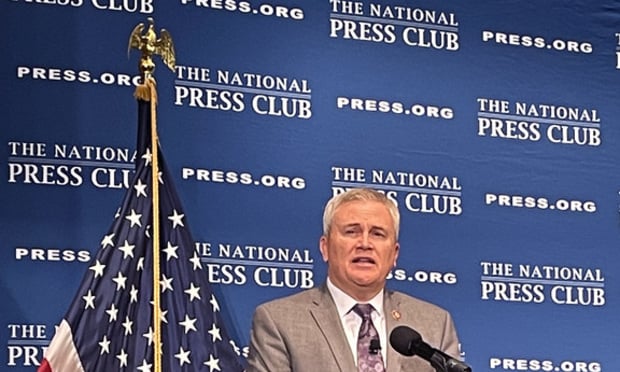The bigger the retirement plan, the more likely an employer would be ready to abandon it to shift employees to a state-run retirement plan.
But the more concerned the employer is about an employee's ability to save adequately for retirement, the less likely the employer is to shutter its defined contribution plan and push employees onto state-run plans.
A blog post at the LIMRA site points to a recent LIMRA Secure Retirement Institute study finding that while 30 percent of employers offering a DC plan say they're "very likely" to stop offering the DC plan and have their employees enroll in a state-run retirement savings plan, an equal number say they're not "very likely" to do so.
Recommended For You
In a pair of surveys, one of which asked employers, and the other, employees, how they felt about government vs. employer-provided plans, a number of revelations came to light.
For instance, the size of their DC plan contributed to the interest of employers in using a state-run plan rather than retaining their own.
The post says, "Plan sponsors with larger DC plans (over $50 million in assets) were more inclined than smaller DC plan sponsors (under $10 million in assets) to say they would replace their existing DC plan with the state-run plan (31 percent versus 22 percent)."
One reason employers are so interested in bailing on a DC plan in favor of a state-run plan is liability.
The potential for plan lawsuits is a major driver in their interest—but the lack of a number of important features in government plans that are incorporated into employer-sponsored plans could have a major negative effect on employees' ability to save adequately.
For instance, the blog post points out that while many state-run plans are designed as IRAs, thus limiting investors under 50 from contributing more than $5,500 per year, DC plans have an upper limit of as much as $18,000.
Workers, of course, want higher limits than government plans allow, with 86 percent of workers saying it's important to be able to set aside more than $5,000 a year.
If an under-50 employee making $75,000 a year is saving 10 percent in a DC plan, the switch to a government plan would cut that by $2,000 ($7,500 per year limited to $5,500 a year).
In 20 years, that would cost the employee $40,000 in lost savings, LIMRA says, excluding investment growth, fees, withdrawals, increases in salary, and other factors.
Then there are employer contributions—not allowed under a state-run plan—investment variety and education and investment diversity.
When it comes down to it, neither 401(k)s nor state-run plans were designed to replace defined benefit plans in saving for retirement.
Stepping down from an employer-provided 401(k) to a state-provided "starter" plan, rather than adding a state-run plan where there is no employer-provided plan, would be a move in the wrong direction.
© 2025 ALM Global, LLC, All Rights Reserved. Request academic re-use from www.copyright.com. All other uses, submit a request to [email protected]. For more information visit Asset & Logo Licensing.







